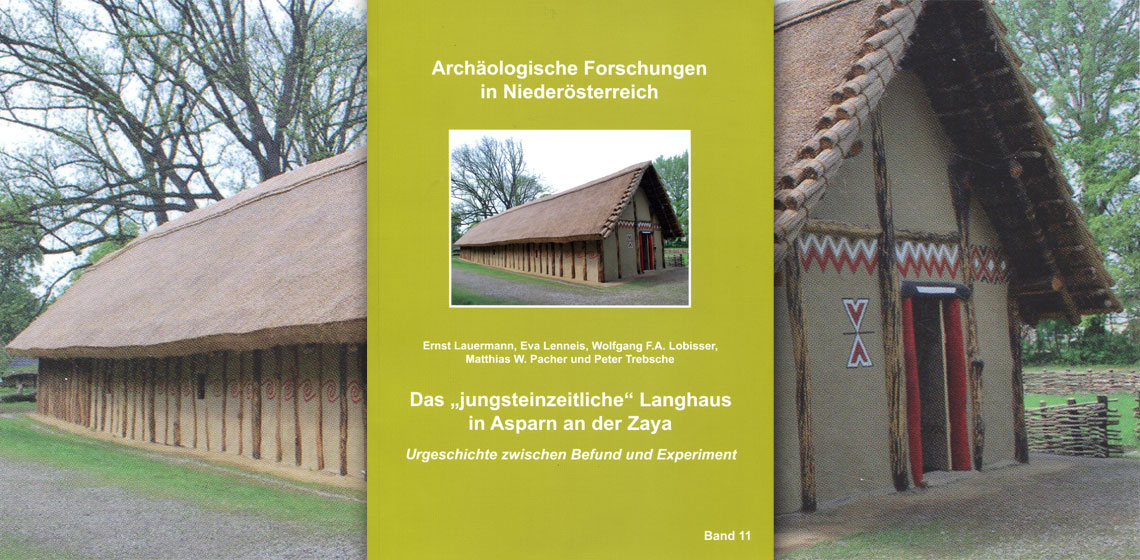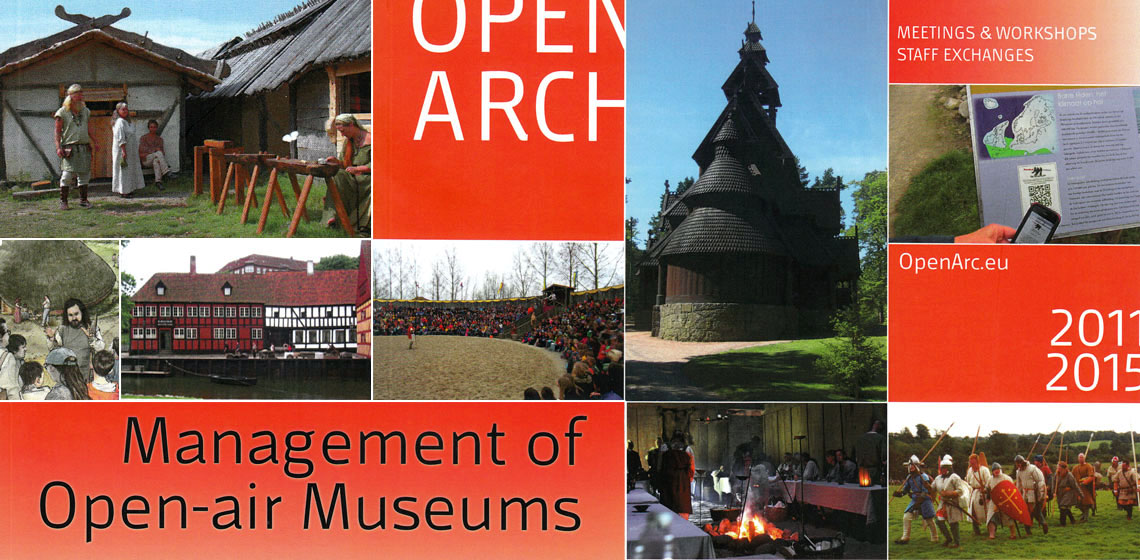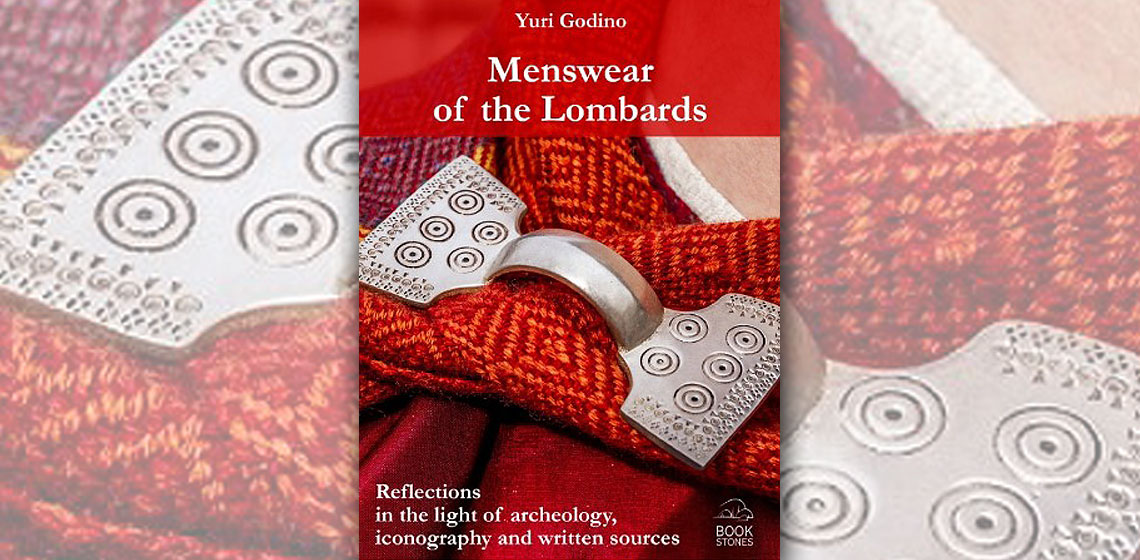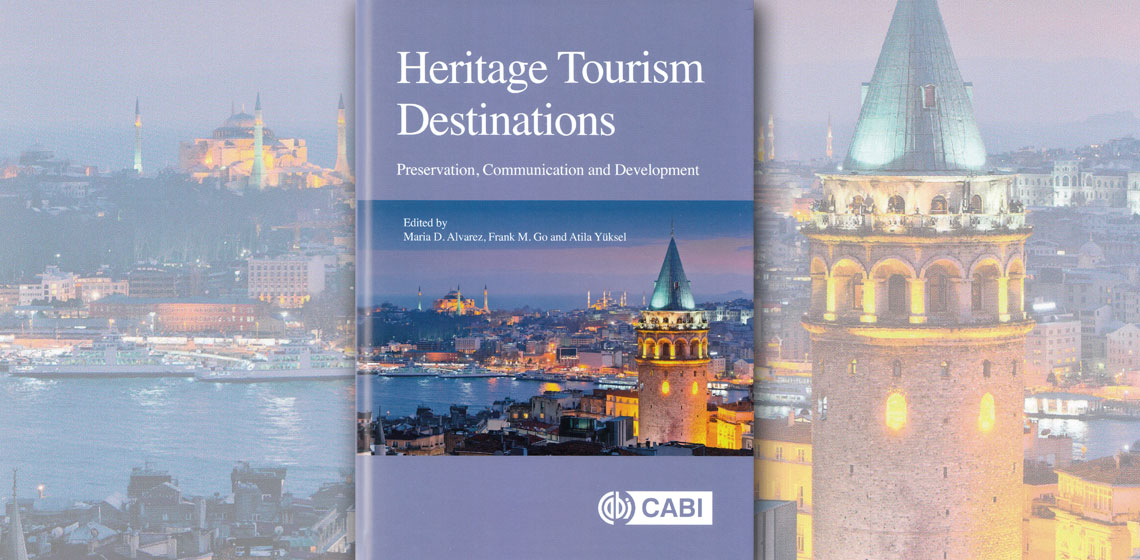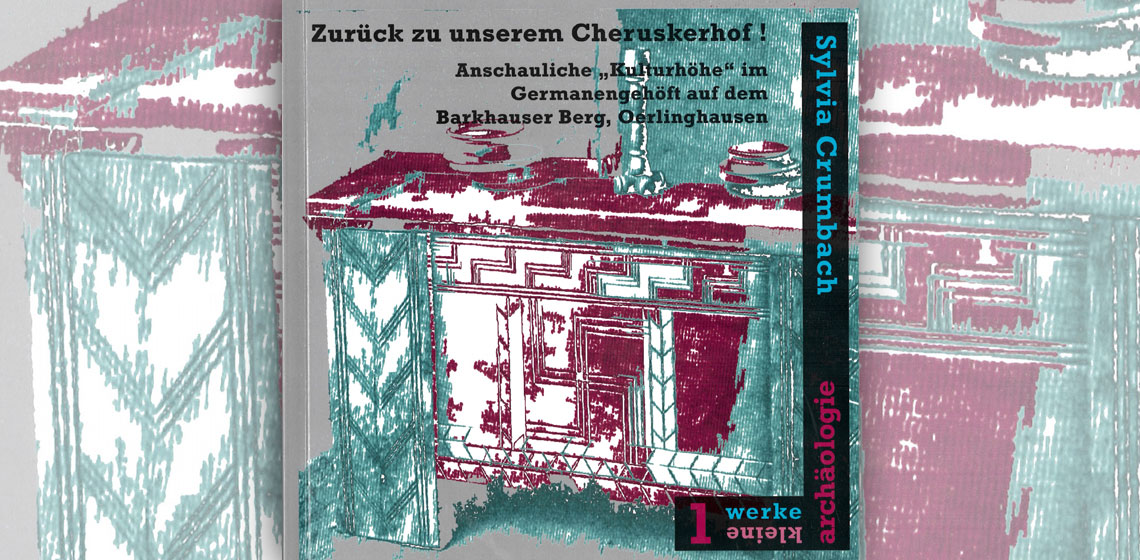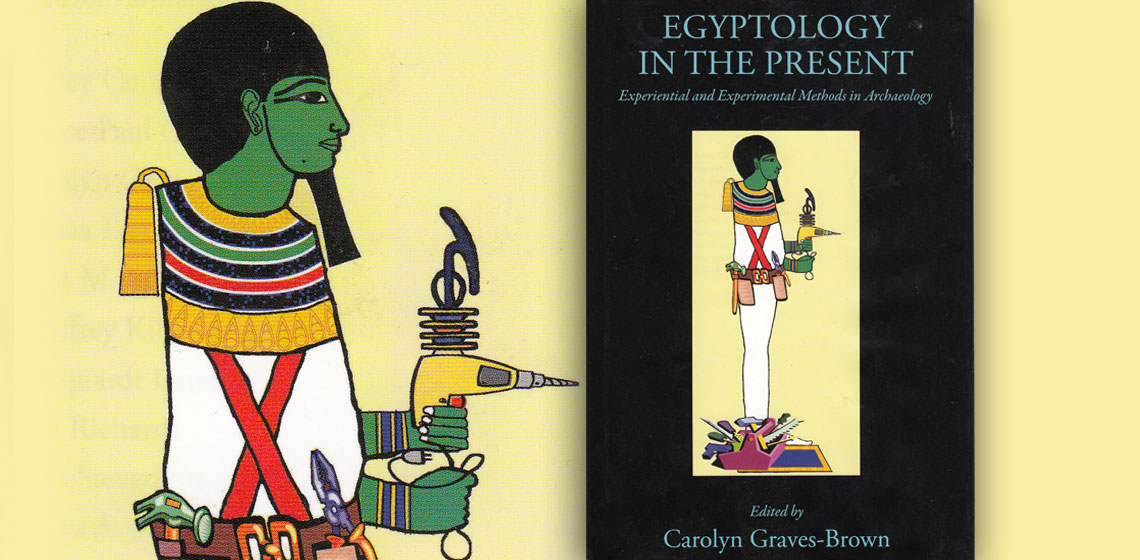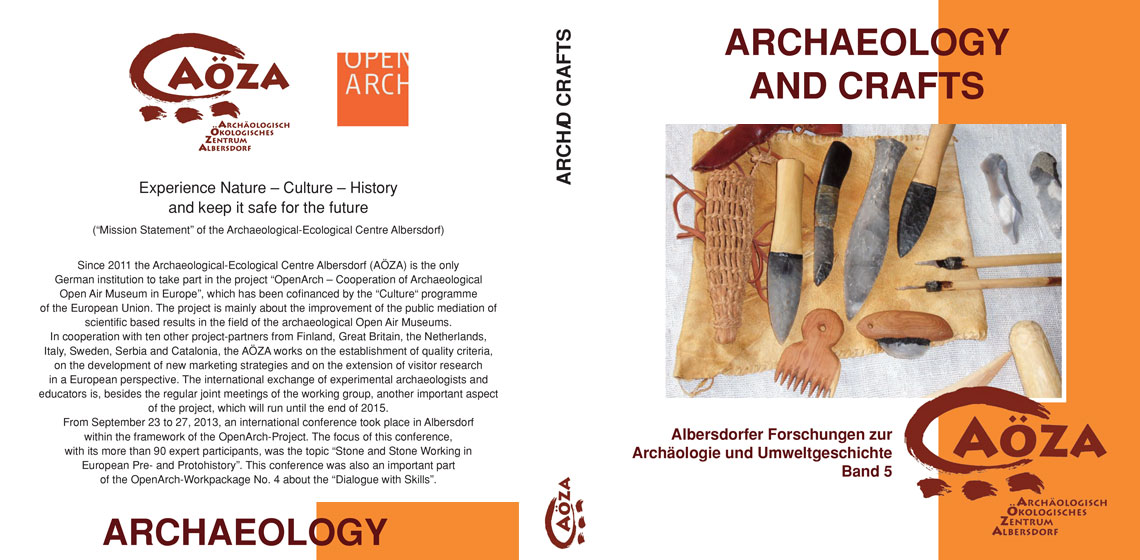book
Book Review: Management of Open-Air Museums. Workpackage 2: “Improvement of Museum Management” by Jakobsen, B & Burrow, S (eds).
Book Review: Menswear of the Lombards. Reflections in the Light of Archaeology, Iconography and Written Sources
Book Review: Heritage Tourism Destinations by Maria D Alvarez (et al.)
Book Review: The Art of Prehistoric Textile Making: The Development of Craft Traditions and Clothing in Central Europe by Karina Grömer
Book Review: Zurück zu unserem Cheruskerhof! by Sylvia Crumbach
Book Review: Egyptology in the Present: Experiential and Experimental Methods in Archaeology by C. Graves-Brown (Ed)
Book Review: Archaeology and Crafts edited by Rüdiger Kelm
Book Review: Recent Publications: Experimental Archaeology in the November 2015 Issue of the Cambridge Archaeological Journal (Volume 25, Issue 4)
Book Review: Geschichtstheater. Formen der "Living History" by Wolfgang Hochbruck
National interest in re-production of history started when the Ethnological Commission of Westphalia called together with Freilichtmuseum Cloppenburg, one of the oldest German open-air museums, a conference on the topic of “Living history in the Museum” in 2007 in Cloppenburg, Niedersachsen. Subsequent conferences made it clear that - apart from predictable doubts about the reliability and quality of the reconstructions of historical life-worlds and events - there was a significant dissonance regarding terminologies.
